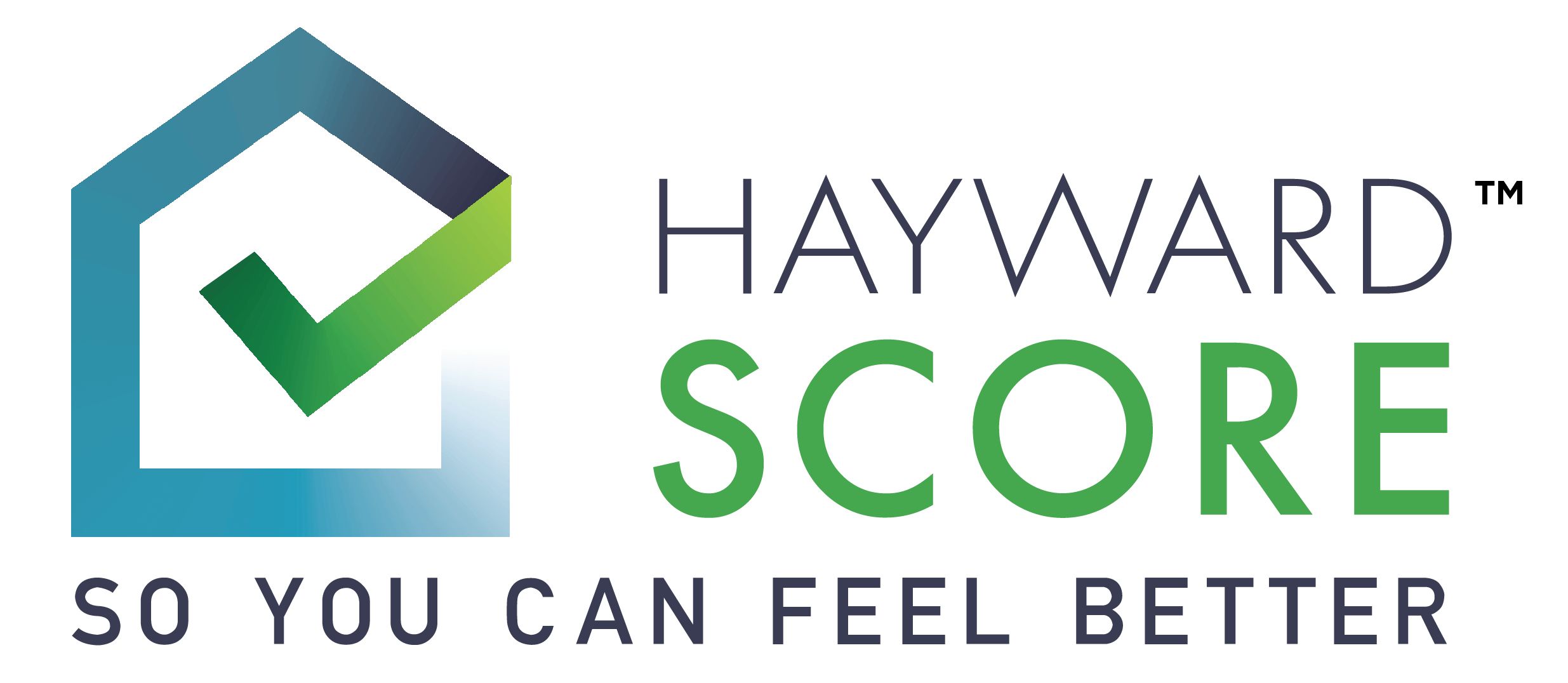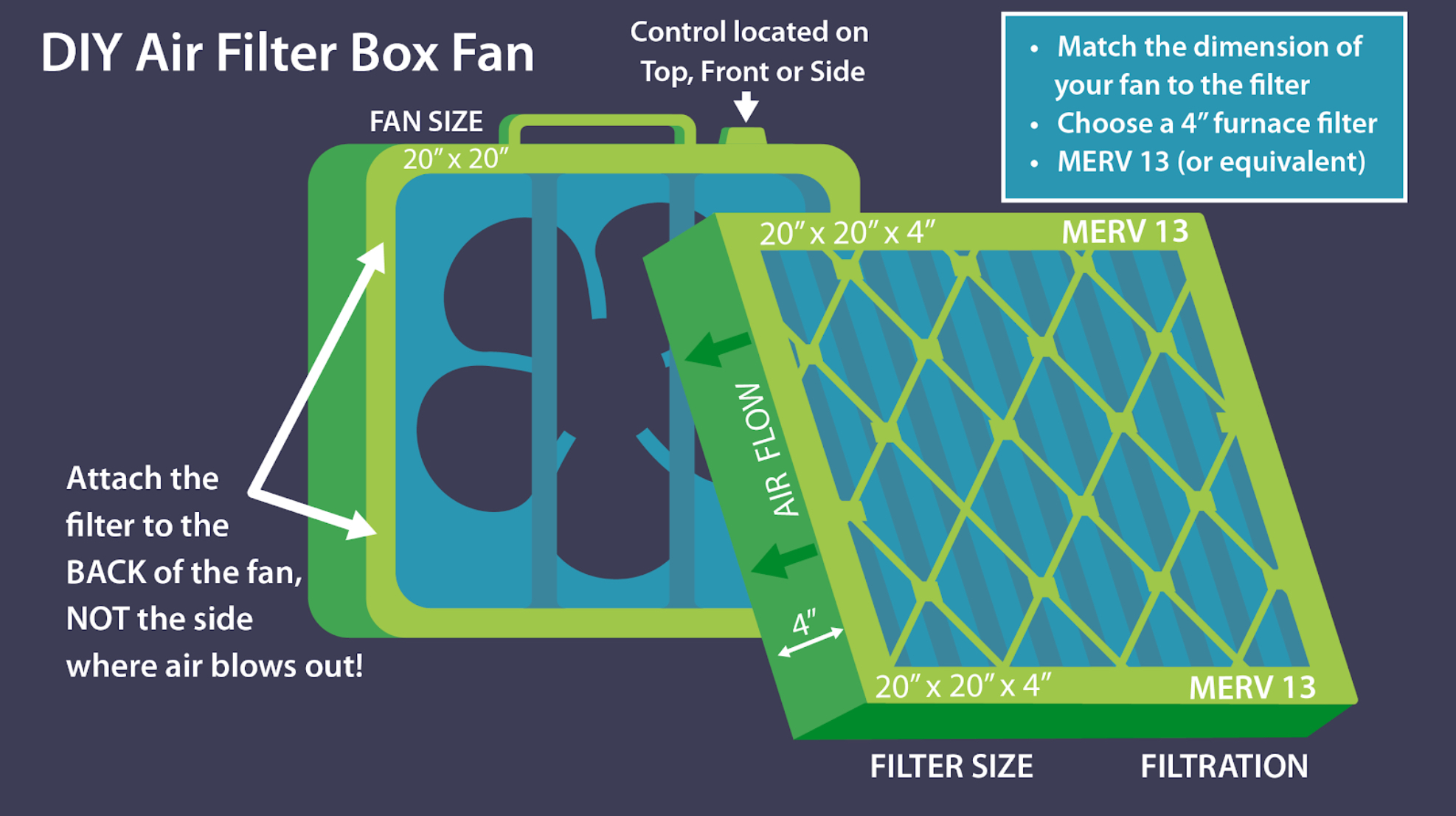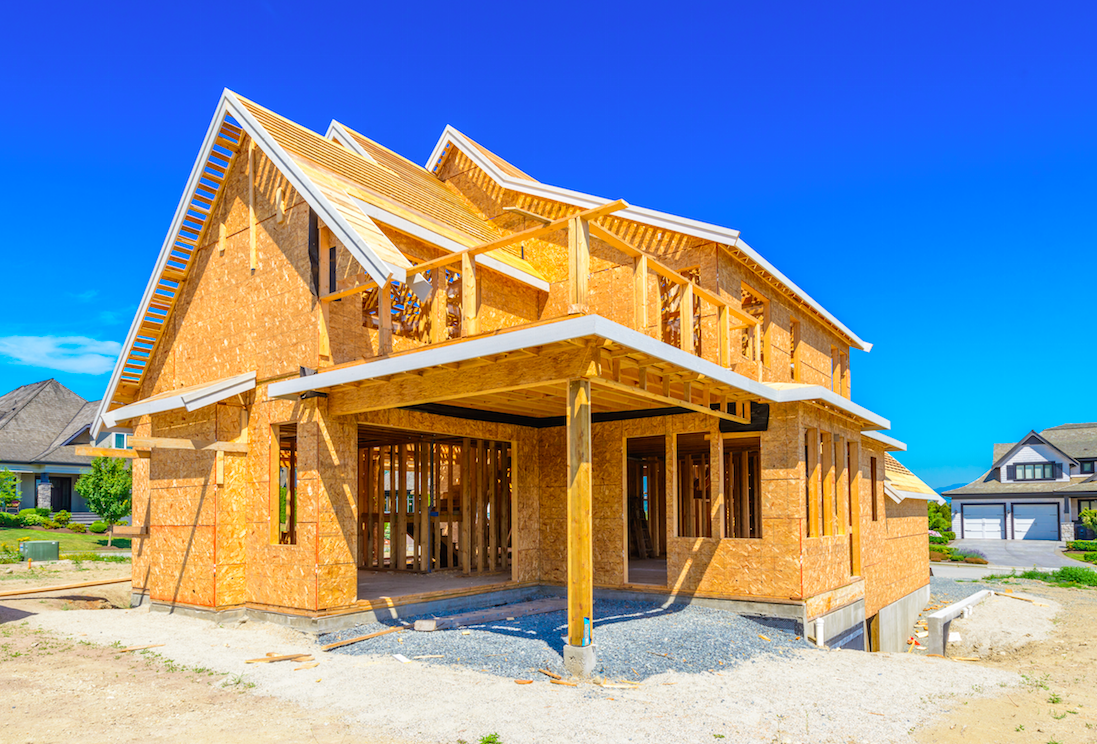Florence Nightingale’s world no longer exists but her insights are as true today as they were during her lifetime. She would have advised us on how to implement her fundamentals of health during this crisis: fresh air, direct sunlight, and community. Unfortunately, our advanced medical care, global digital community, and modern living spaces deliberately (though unintentionally) prevent fresh air, direct sunlight, and personal community.
First, there are two simple ways to increase fresh air ventilation using just your windows:
- Continuous Ventilation (ideal): In acceptable weather, keep at least 2 windows open 1/2”, or just enough to feel air (but not a draft) on the back of your hand when your hand is close to the window. To maximize air circulation, open windows on opposite sides of the house on each floor, or one on the top floor and one on the lowest floor. Keeping windows slightly “cracked” like this should not significantly impact your utility bill or your comfort.
- Periodic Ventilation (good): During inclement weather or if keeping your windows open all the time isn’t possible, open windows or doors wide for 5 to 15 minutes, a few times times a day. The most effective times are in the morning when everyone wakes up, while cooking, and just before bedtime. If you find that the air is stuffy or uncomfortable at other times, ventilate more often. To maximize air circulation, open windows on opposite sides of the house and on each floor.
If outdoor pollution from pollen, industrial sources, and/or nearby traffic makes natural ventilation difficult or undesirable, other methods are available. The simplest is to attach appropriate filters onto an ordinary box fan in a window to pull in filtered outside air. A MERV 13 or equivalent furnace filter is effective at reducing particles from the air. Carbon filters can also be used to reduce odors, car exhaust, and chemical pollutants. The filters are simply taped to the box fan per the following instructions.
Direct sunlight can be as important as fresh air. The simplest way is by going outside when and where the sun is shining. If you take a walk in the sunshine you get the double benefit of sunlight and fresh air. Sitting on a small patio or deck for even a few minutes a day is beneficial. If the weather doesn’t allow or if you are physically unable to move, open a window and sit in direct sunlight. Light through the window glass is not the same. Open the window.
Another possibility is the use of light therapy lamps. Most look like an ordinary table lamp with bulbs that create light similar to midday sunlight, including a little UV. While not as effective as direct sunlight they can help. They are relatively inexpensive with a number of models costing around $30 to $40, with larger ones costing about $300. Although they are originally designed for medical reasons, those same benefits can be a reasonable substitute for natural sunlight. There are details from the Mayo Clinic here.
While Florence Nightingale might marvel at our modern buildings, she’d likely lament – for good reason – the missing capability for exposure to fresh air and direct sunlight..
Part 3 will discuss the more difficult challenges of community, relationships, and indoor conditions of confinement when we “shelter in place.” Return to Part 1.
Hayward Score helps you discover how your home may be impacting your health in minutes – – for FREE!
Answer a quick set of questions then get a personalized list of action items. Transform your home and health today!
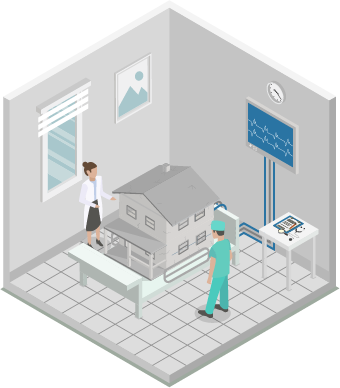
ARE YOU CONCERNED YOUR HOME IS MAKING YOU SICK?
Our guide on indoor quality will help you diagnose possible issues and implement intelligent solutions to improve the quality of the air inside your home.
